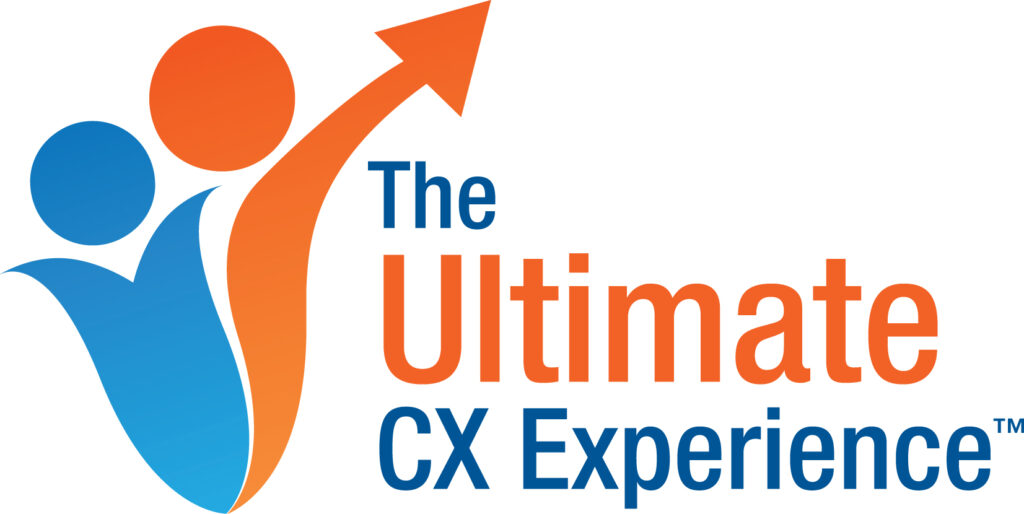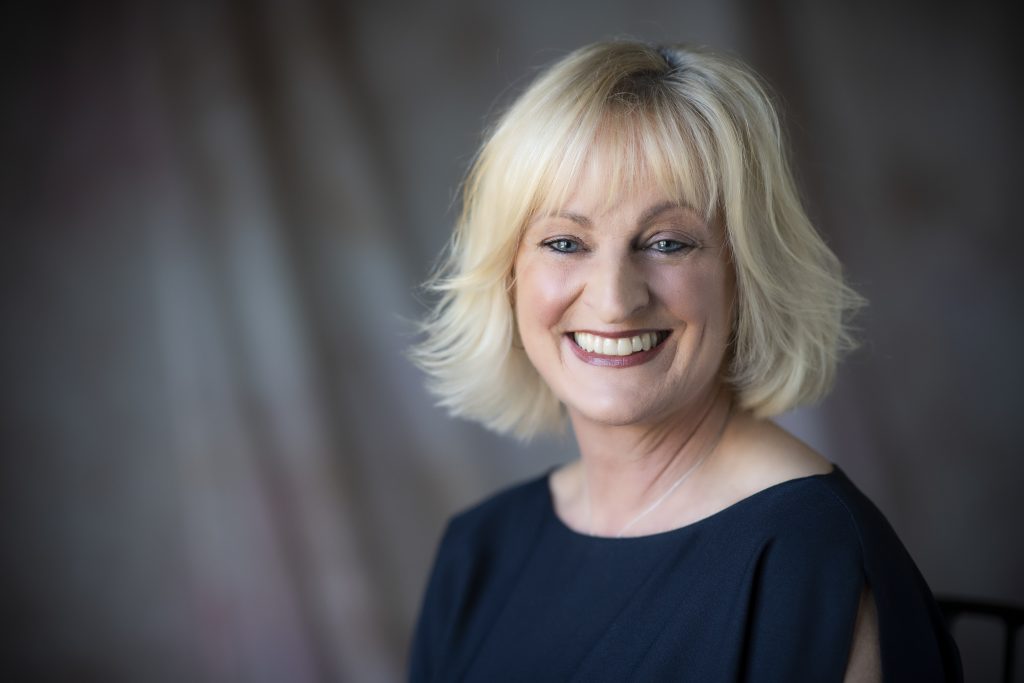
Have you ever heard people say, “But I am only human.”
We all make mistakes, every single one of us. I’m sure you have at some point in time.
What you aim for is to not make the same mistake over and over again without trying to fix the mistake.
This is very true in your business.
When you work with patients, helping them and caring for them, you will get it wrong from time to time.
Usually the mistakes have nothing to do with the quality of dentistry you offer your patients, and everything to do with customer service and the patient experience.
Offering the very best dentistry must always include making our patients feel great as well.
When you do make a mistake, do you know what to do next?
Knowing how to recover from a mistake and what to do next is what sets you apart and gives you a great opportunity to wow your patient.
If you make a mistake with your patient, there are three things you need to do immediately:
- Apologise to your patient for the mistake you have made, and take ownership and responsibility for the mistake even if you feel you were not totally responsible for what happened.
- Work out the plan of action so the same mistake is not repeated
- Go into immediate service recovery with your patient.
You need to do all three of these immediately, only if you want to do the right thing by your patient and keep them as a loyal patient at your practice.
Apologising seems to be easy for some people. Maybe some of us get more practice!
Be candid with your patient and explain what went wrong and assure them that it won’t happen again.
Don’t go overboard with your explanation. Keep it short and sweet and mean it.
There is no point waiting until you see your patient at their next appointment to apologise. Strike while the iron is hot and your patient knows what you are talking about. You want to put out the fire with your patient immediately before they start sharing a negative story with friends and family or worse still a “bad google review.”
Accept responsibility and ownership for the mistake even if it was not you who was directly responsible.
You work as a team at your practice so if something goes wrong it is never a single person’s fault but a responsibility to be owned by the practice for failing a patient.
Your patients will appreciate your honesty, vulnerability and trust you more than if you tried to pass the blame to someone else.
The last thing you should ever do is blame the patient even if there was a part played by the patient.
The objective is to overcome the error made, maintain trust and keep your patient.
When a mistake has been made you must look carefully at what caused the mistake and how to avoid it happening again with other patients or worst still the same patient again.
The whole team should be aware of the mistake that has been made so everyone can be part of the process of ensuring it never happens again.
There is no advantage to leave team members in the dark as this will increase the risk of the same mistake happening over and over again. Knock it on the head immediately.
Look for solutions. The good thing about solutions is there are plenty of them around. You may have to be creative and think outside the box, this is when working as a team is advantageous.
You will be surprised when you come together as a team who will have great ideas.
More heads are better than one.
If a mistake happens, make a note and create a service recovery procedure to follow.
A solution for a failure in Customer Service is called “Service Recovery.”
A service recovery can soon become a way to wow patients.
I’m not saying to go out there and purposely make mistakes with your patients but to see your error as a way to make it up to your patient and do something wonderful and memorable for your patient.
Your patient will then go and share the story about what you did for them and not what you didn’t for them.
The failure to have great service recovery procedures in place in your practice, is a real missed opportunity to offer your patients amazing customer service when it is needed.
If this is not something you have set up in your practice, then start working on your Service Recovery Procedures TODAY!
**************************************************

Jayne Bandy is a certified CX Experience coach.
Jayne works with her husband Dr. David Moffet to help SME businesses improve their Customer Service Systems to create memorable World Class experiences for their valued clients and customers. Click here to find out how Jayne and David can help your business
